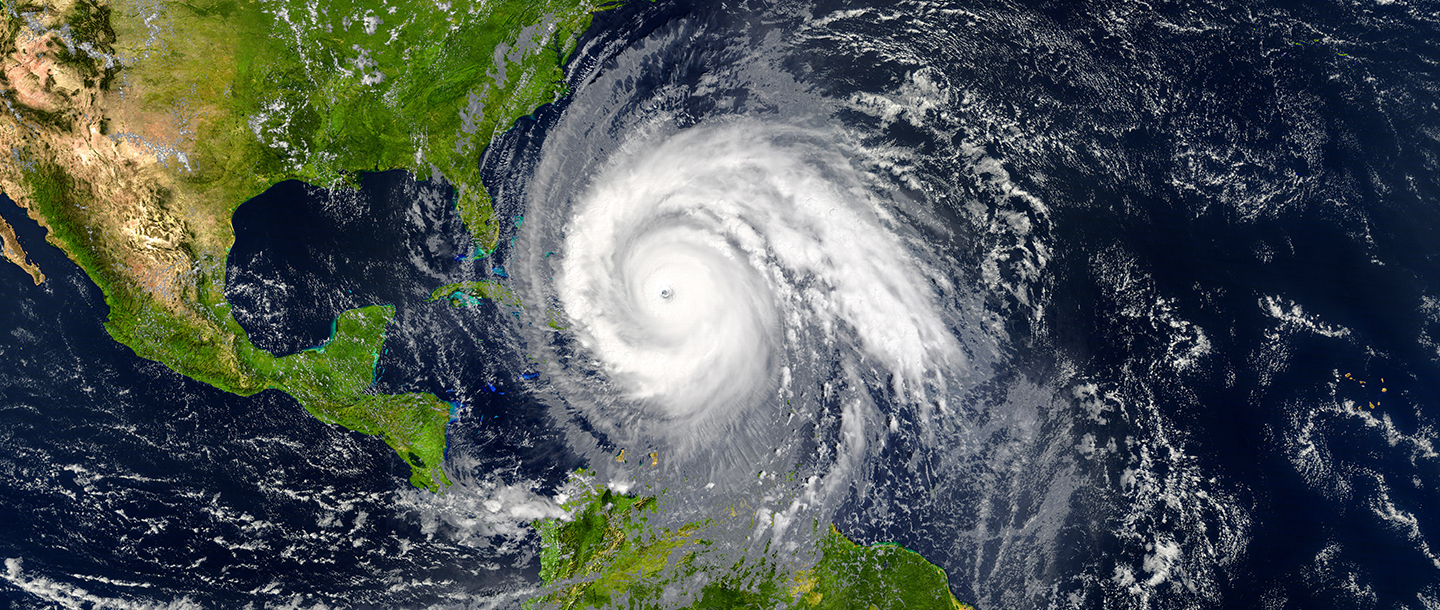Ryan Mulvania is a Houston-based safety manager but during this time of year, his attention is focused much farther away.
He’s watching dust storms in Africa, checking National Hurricane Center data, and holding regular calls with Williams partners and personnel across the Gulf of Mexico and Atlantic seaboard.
It’s hurricane season and that means Mulvania and his colleagues are on high alert.
2020 is predicted to be an active year for hurricanes, and one tropical storm, Cristobal, has already come ashore.
Preparation is key to keeping Williams employees, assets and neighbors safe both onshore and offshore, and to ensure the reliability of our natural gas infrastructure.
Mulvania said Williams learned a lot after Hurricane Harvey hit several years ago, causing major flooding and damage in the Houston area.
The impact was so immense that it was difficult for many supervisors to know the status of every employee on their teams. Working teams across the company, a daily notification system was activated to reach out to all employees via phone, email and text. That way Williams knew which employees were ok or needed help and could focus on other ways to reach those who didn’t respond.
But even before a hurricane season hits, operations and safety teams are holding tabletop exercises with operations managers and reviewing and updating site-specific plans for weather events.
“Williams has an ad hoc Incident Support Team which is staffed by all key functional teams throughout the operating areas and corporate offices whose sole function is to support operations through incidents and natural disasters like hurricanes,” Mulvania said.
For Cristobal, the team used Microsoft Teams channels to share the mission-critical information he received in real time.
“I could share my updates as they came in, and everyone could see them and respond,” he said. “We have mass communication at every level without putting people in a conference room.”
In addition to continuing its use of storm-specific Teams channels, Williams now also maintains a hurricane season channel, which monitors all storms currently forming through embedded live updates, linked from the National Hurricane Center’s Twitter feed, in order to determine which might present future risk.
“Maintaining safe and reliable services is our priority every day, but during hurricane season, it’s especially critical to have all the tools we can to protect our operations and people,” Mulvania said.
And those dust storms? Mulvania says they can be a mitigating factor because all that dry air tends to subdue the formation of moisture-seeking hurricanes.
